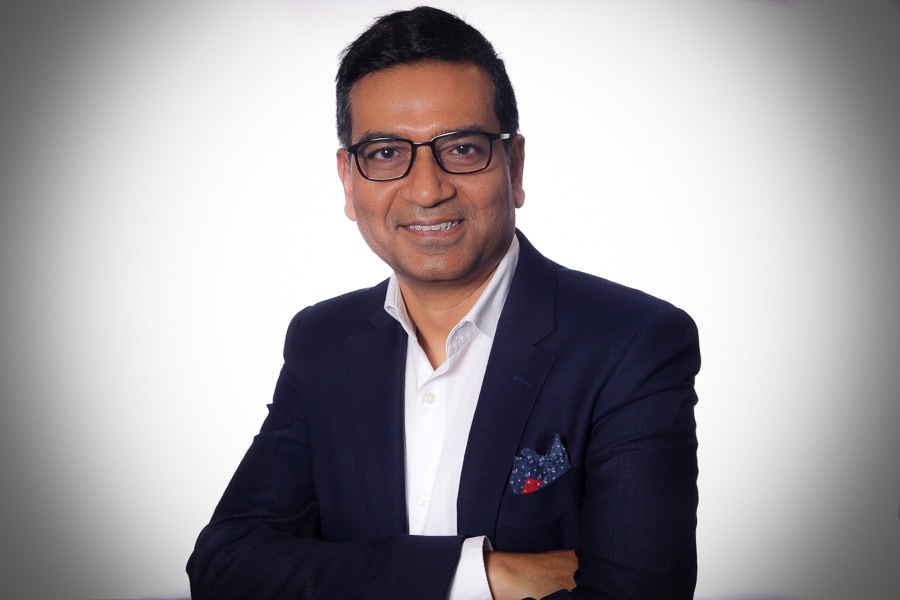
Seeing a lot of new money coming into the market: GroupM's APAC CEO
In a freewheeling chat with Storyboard18, Ashutosh Srivastava talks about how the company is dealing with disruptive trends, the big opportunities unlocked by new brands, and talent issues

Ashutosh Srivastava, APAC CEO, GroupM
Two years after being named APAC CEO for GroupM, Ashutosh Srivastava visited India for the first time since taking on the new role. Storyboard18 caught up with Srivastava on the sidelines of his visit where he spoke about his outlook and expectations for the India market, how GroupM is working on a ‘Media Decarbonization Programme’, its efforts towards building talent infrastructure and more.
Edited excerpts.
Q. What is the purpose of your first visit to India after 27 months and what is on the agenda?
The world has moved so much in these past 27 months, as has India. It is a really exciting time for us. There are a lot of new opportunities, new challenges. This visit is to see what is happening here. Where can we accelerate, what are the challenges to be overcome and spend time with people. Because ours is a people’s business. While MS Teams has been very good at keeping the functional communication going, there’s nothing like being with everyone and really seeing what’s going on.





